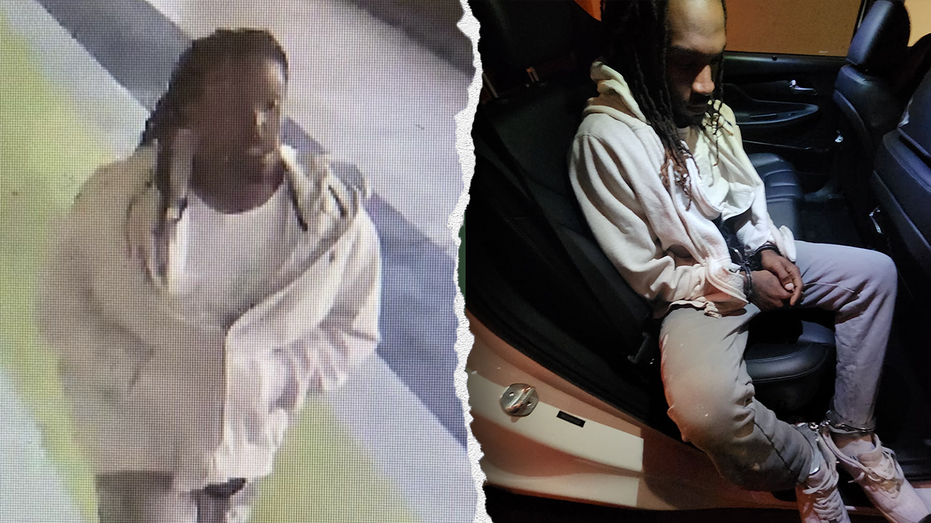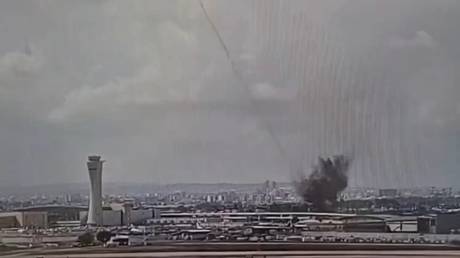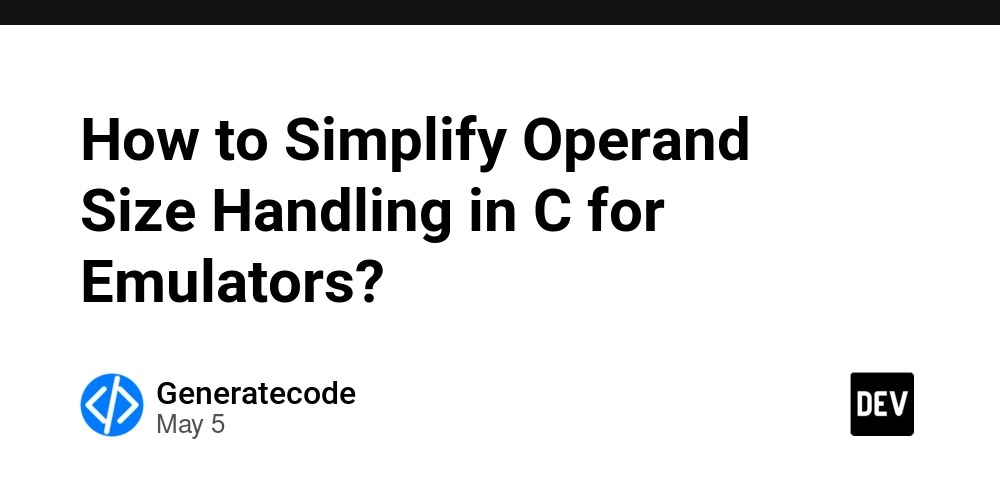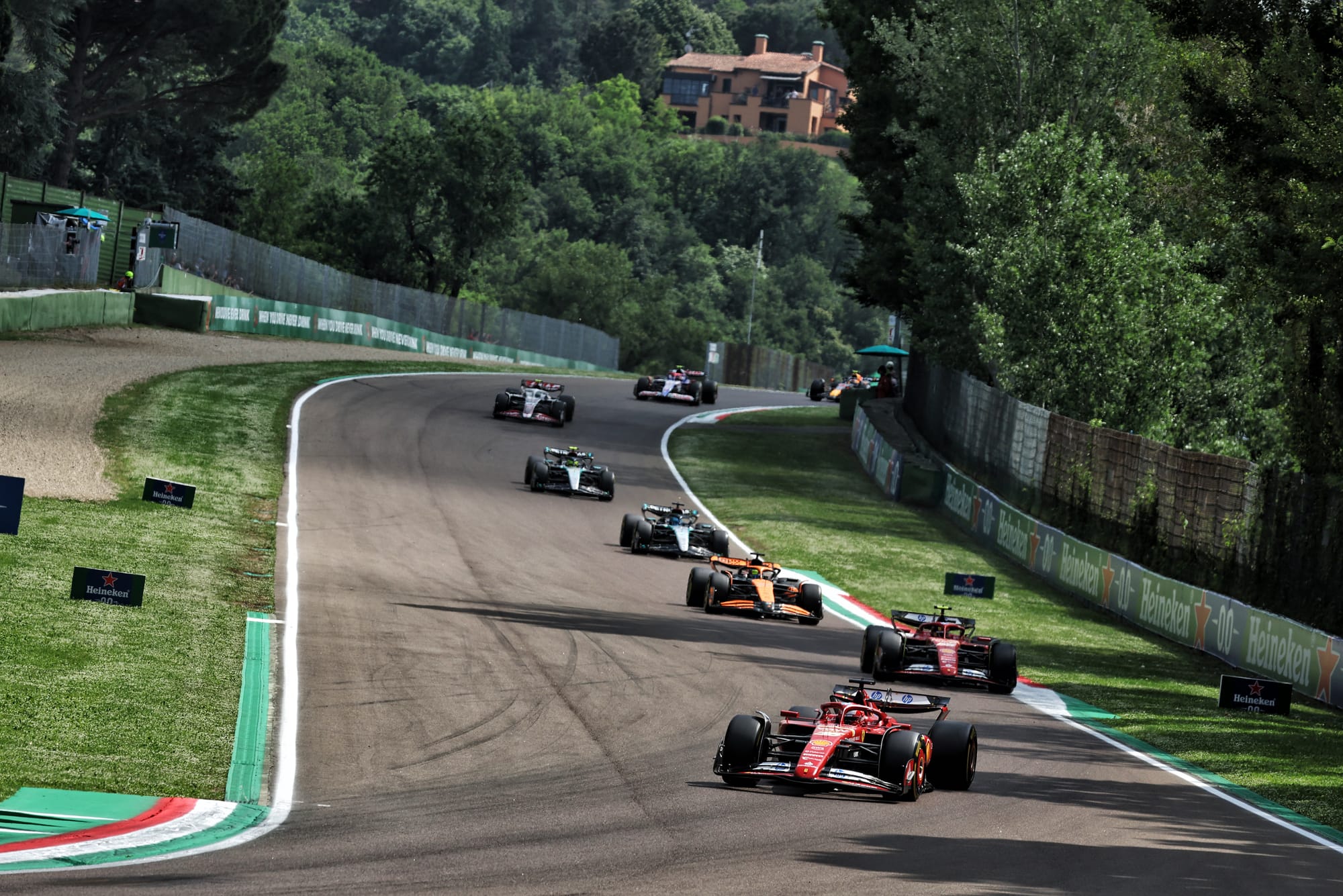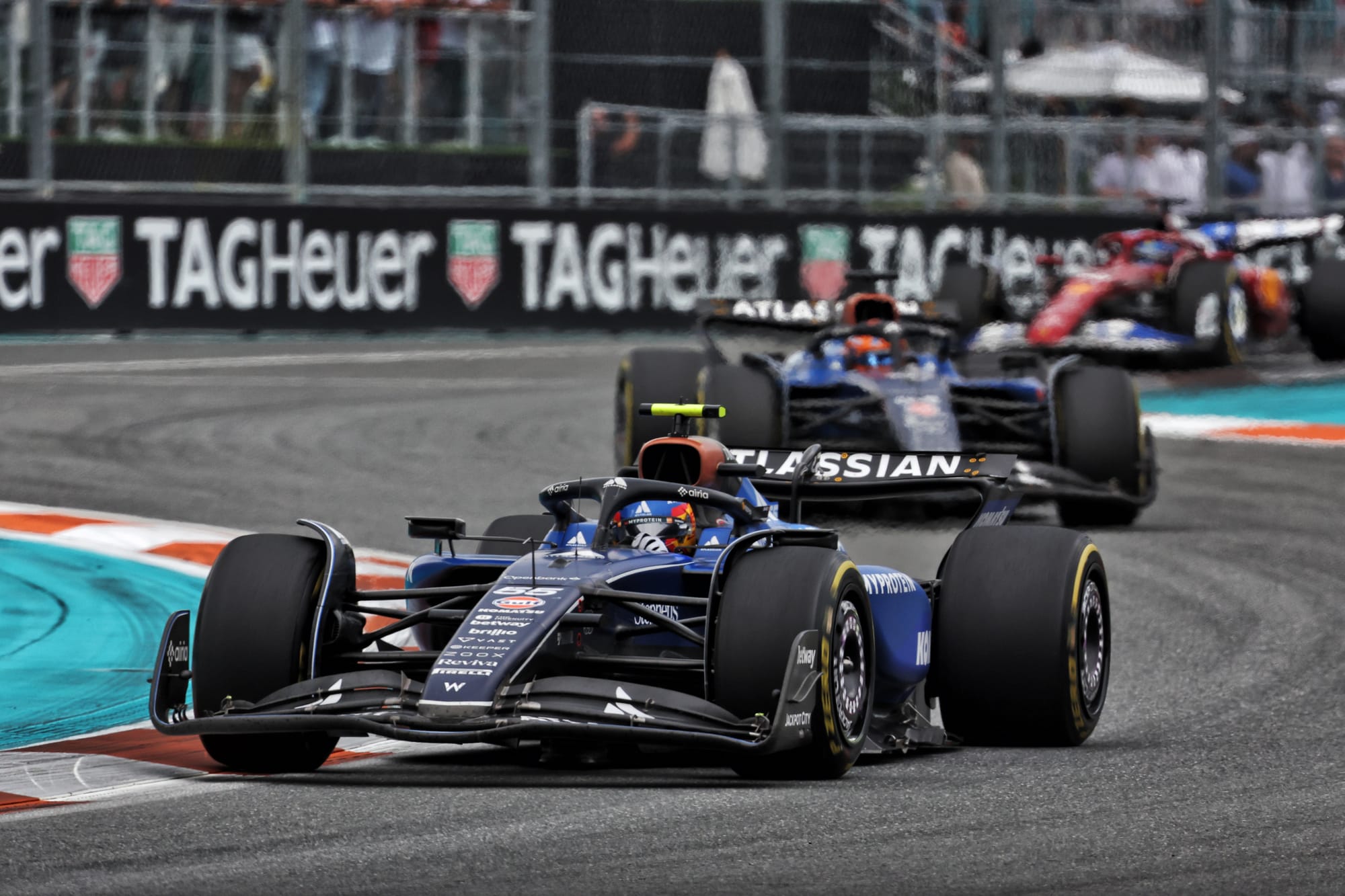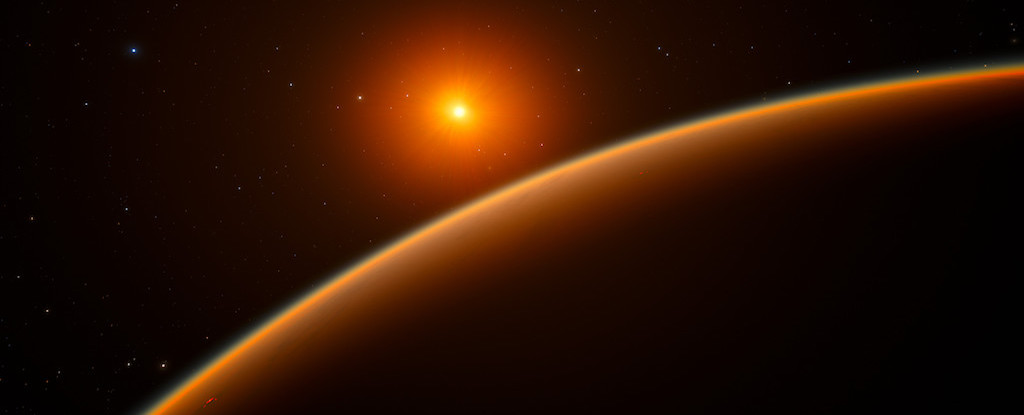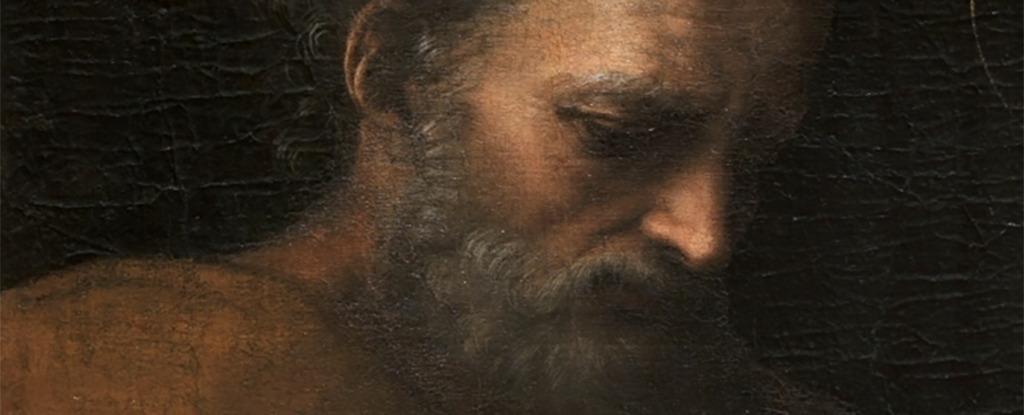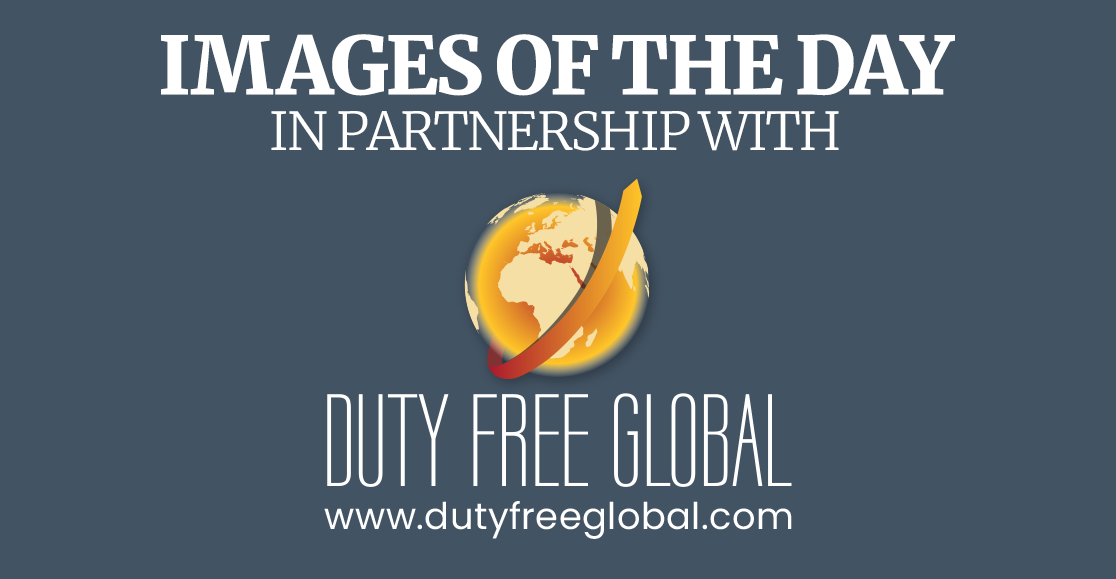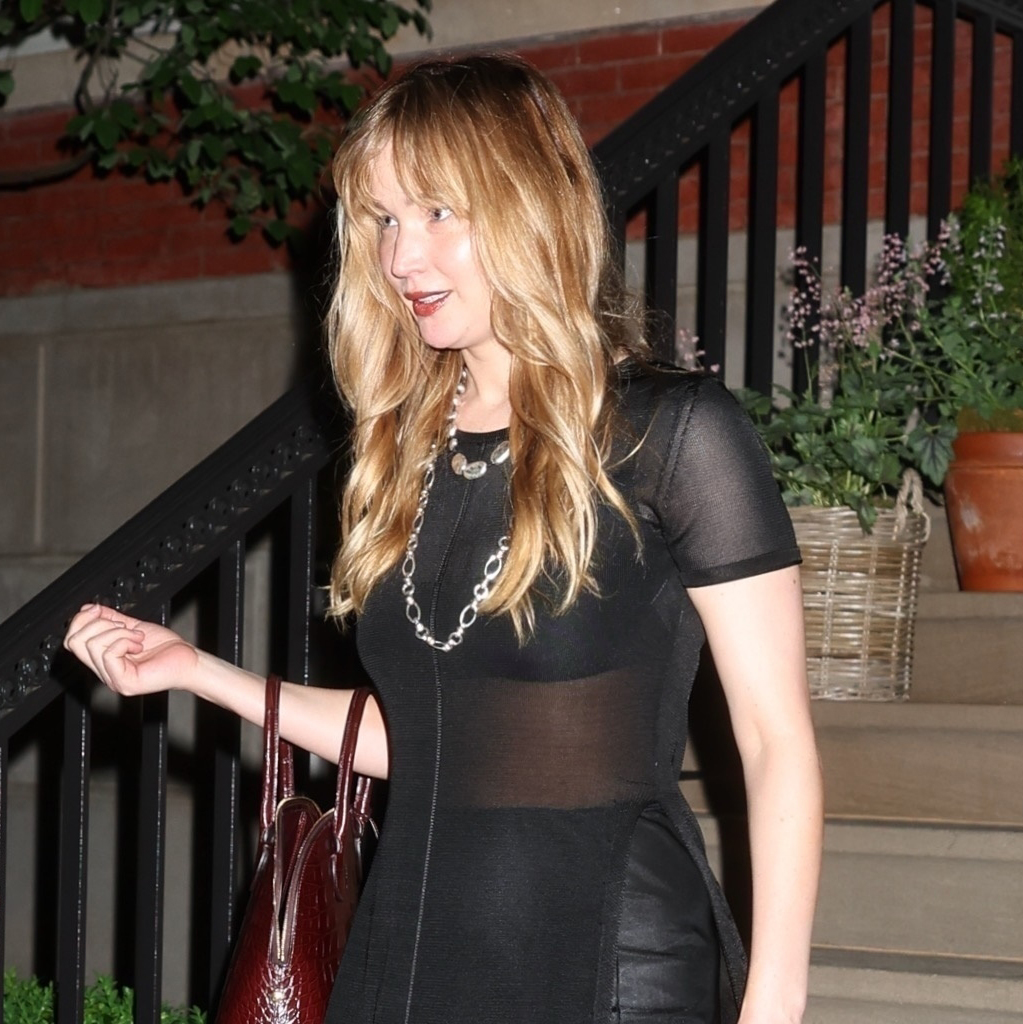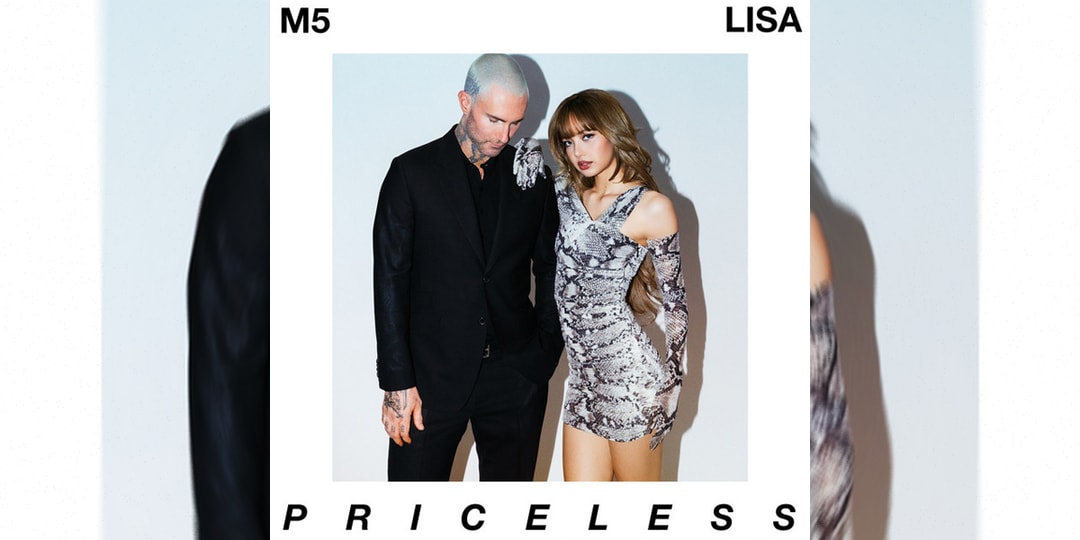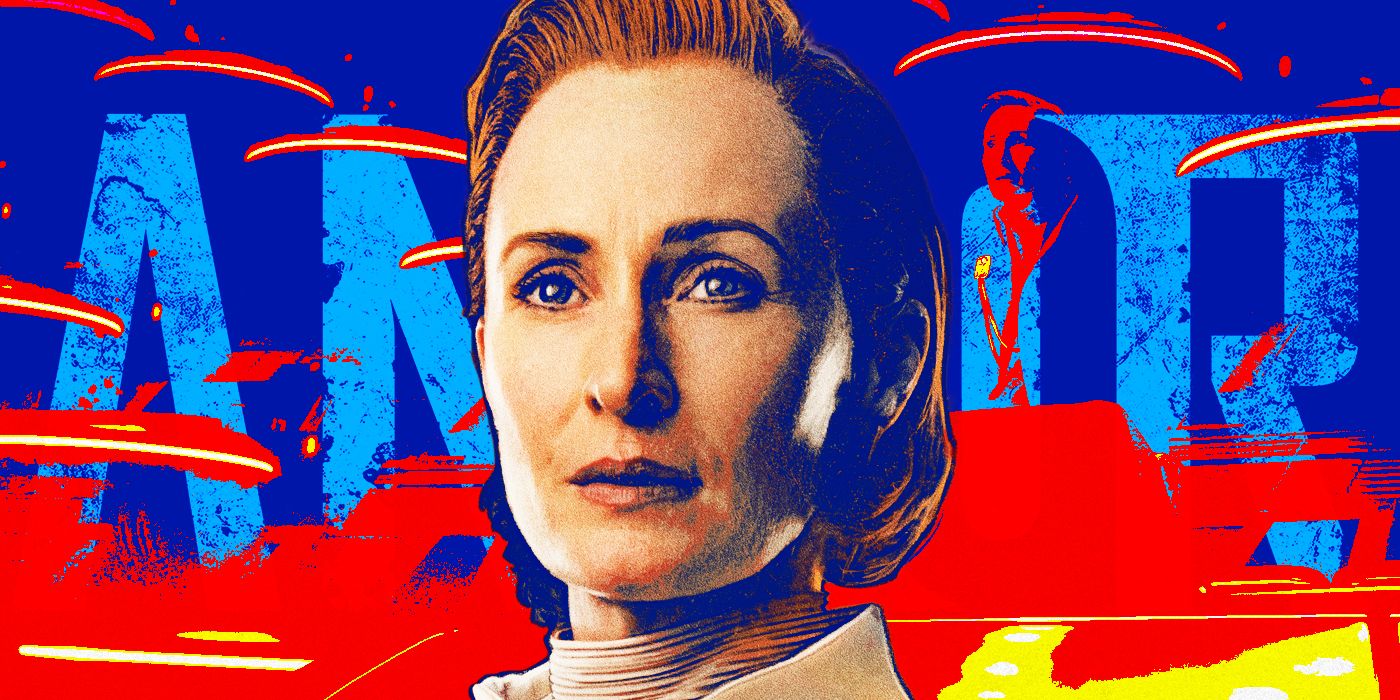Posterized May 2025: Vulcanizadora, Sister Midnight, The Kingdom & More
Another month means another IP deluge. MCU. Karate Kid. Mission: Impossible. Final Destination. Even A Simple Favor. It just goes to show how many films get released every year that I can now pretty much ignore all the Hollywood Photoshop jobs and still be able to populate the below article without any trouble. While they […] The post Posterized May 2025: Vulcanizadora, Sister Midnight, The Kingdom & More first appeared on The Film Stage.



Another month means another IP deluge. MCU. Karate Kid. Mission: Impossible. Final Destination. Even A Simple Favor. It just goes to show how many films get released every year that I can now pretty much ignore all the Hollywood Photoshop jobs and still be able to populate the below article without any trouble.
While they all worry about scheduling conflicts on the nation’s finite number of IMAX screens, we’re focusing on the bespoke poster art that seeks to catch those blockbuster patrons’ eyes and cajole them into a return visit for the road less-traveled.
Portraiture



A surefire way to stand apart: illustration. You can still be glossy and photo realistic, but a little character with a personal touch goes a long way.
That’s what MOCEAN delivers with The Surfer (May 2). It’s still just Nicolas Cage front and center, but the artistic style of his painted portrait helps blend in with a background color field spiraling into a whirlpool of heat stroke-induced confusion. It’s a neat effect that draws our gaze inwards and around back to the center no matter how many times we try to escape. You get lost until settling upon Cage’s slack-jawed face, again and again.
I love the block-shadowed title font and its fun vibe contrasting the otherwise sharp-edged, all-cap sans serif. It’s nice to get some smooth flow to break up the rest of the rigid text––especially since the critic quotes promise paranoid terror. You see that neatly stacked display and hope to have a firm foothold. Until you fall back into the sun’s void.
Concept Arts and Jaren Hemphill also supplie a bit of a swirl with their view-from-below ensemble piece for Fear Street: Prom Queen (Netflix, May 23). I honestly don’t know if this is an illustration or not, but the effect is so good that I might not buy it if I’m told it’s just a filtered photograph. Some of that is the contrast and grain. Some of it is probably the nostalgia of having read R.L. Stein and Christopher Pike books back in the 90s with a similar vibe to their covers. The aesthetic does a lot of heavy lifting.
It’s also just a captivating composition. You get six main characters onscreen without having to resort to a tiered collage. You get eye contact that puts you into the scene as what one would imagine is a dead body at their feet. Add the bright whites of the disco ball and you find yourself looking for clues before heading towards that bright light. Is one of those shocked faces your murderer? The odds are high.
There’s no mistaking the origins of The Creative Partnership’s Sister Midnight (limited, May 16). James Paterson works with paint (you’ve seen his work on The Killer and Last Night in Soho) and he’s used it to give us a meticulously planned scene you could never truly replicate with photography, thanks to four of the five actors being goats.



It feels almost like a nightmare in this post-rainstorm setting. A surreal moment threatening something more than some animals on the run. Is she trying to catch a glimpse of someone or something looming offscreen? Or is she merely checking for witnesses before doing something crazy herself?
That the whole is a full-on homage to Guy Peellaert’s Taxi Driver only amplifies this sense of paranoia and dread––we all know how Scorsese’s classic ends. And I’m not sure Radhika Apte has a gun hidden up her sleeve like Robert De Niro.
Built-up



Described as a “memory-driven exploration of love, intimacy, race, and belonging” that’s set in the “past, present, and future” of South Africa, you must love the idea of building a portrait of the filmmaker and her history via the poster for Milisuthando (limited, May 16). The outlined profile. A photograph. A film strip. Mounds of seeds. Petals from flowers. This is a person and a place, metaphor mixed with literal.
It’s also unlike most posters you’ll see in the theater precisely because there’s no star to earn box-office glory on their own. The sheet is selling the idea of what the film provides and the poeticism possible through documentary memoir. We can imagine we’ll be seeing much of the same via vignettes and connective tissue onscreen as Milisuthando Bongela tells her truth the best way she knows how.
Aleksander Walijewski’s poster for A Desert (limited, May 2) builds upon itself in a similar thematic sense for depicting, via photograph and film, a person and a glimpse within. The difference is that the artist creates each aspect of the collage rather than collecting found objects. He paints the figure and then paints the camera and photo atop it as a window inside his brain.
It’s no coincidence that the lens lines up with this man’s eye––Walijewski is showing us how our vision is just like that of a camera. Our brains provide the film and our optical nerve the passageway from glass to imprint. By drawing it all out in red and leaving the image upside-down, a few little drips turn the process into one of blood and the smile of a woman from joyfully engaged to tragically unprepared.
That sinister air is only enhanced by the duotone nature of a black base (muddying to a gray) and red highlights––the latter is used for the text as well as the camera. By breaking up the title to house the credit block in-between, the image becomes diagonally parted along the middle for ease of traveling down the barrel of this proverbial gun.
Brandon Schaefer and Jump Cut take the collage idea further by creating a portrait of Joshua Burge with elements from Vulcanizadora (limited, May 2). It’s the actor’s eye and hair, but his face is stripped of its skin to leave only the skull visible. The other eye becomes a camera lens, a metallic gag of some sort sits in his mouth, and a lit fuse curls out from the back of his head. Burge becomes a bomb ready to explode.
It’s a lo-fi aesthetic that aligns perfectly with director Joel Potrykus’ DIY style––like cut paper pasted together and Xeroxed to flatten everything out. The background forest scene is washed in green so Burge’s face becomes a mask resting above. A grenade thrown in to upset the natural balance. Add the expertly kerned tall sans serif title and we get a clean, singular glimpse into the acquired taste that is Potrykus’ uniquely deranged sensibilities.
Focus shift



Sometimes all you need is a 90-degree turn to make an image work for you. That’s the case with The Kingdom (limited, May 30). Turn this image back and it’s only taking up a third of the page (if you still want its three-part narrative to remain intact). It would lose its immediacy and power completely. Only in this orientation does it possess the speed from top to bottom we need to fly through. Only now does it focus Ghjuvanna Benedetti with her eye falling dead-center so her determination can form a straight line from teacher to rifle sight.
It’s so perfectly balanced that an ample amount of text nestled into the white space doesn’t feel forced despite covering neither of the characters. It doesn’t even need to block her vision, keeping the y-axis clear for our eyes to shoot down and wonder what it is she’s preparing to shoot. Simple, effective, extremely dramatic.

The same can be said for Tornado (limited, May 30)––especially where drama is concerned. Is this a real photo? No. Its orchestration doesn’t need it to be, though. Because we’re not looking for realism here; we’re looking for emotion. Suspense. And since she is our focus, you can still give the men at the bottom a hierarchal size disparity without making it look weird. They’re so far in the distance that you can excuse the scale shift by treating this gang as a single entity rather than separate figures, and you can painstakingly tuck them under her blade to drive home the good vs. evil dynamic at play.
This adversarial relationship still exists in the other sheet, but you lose the high drama. She’s surrounded, but the men don’t feel as threatening as she does above. Everyone is at equal scale, but their presence is so obviously a result of Photoshop masking that it has a cartoonish vibe––a slapdash action romp as opposed to that heady western flavor. It’s the difference between showing the odds are stacked against her here and a heroic portrait of a warrior instilling fear in her adversaries there.
My favorite of the month, however, is the brilliant depth of field on Next Sohee (limited, May 16). It’s taken three years, but the film is finally heading stateside so I can include this two-hander stunner.
Kim Si-eun is tiny and in-focus in the background; Bae Doona is fully blurred while taking up about 80% of the frame in the foreground. This disparity intrigues by letting us guess the cat-and-mouse chase of their story without fully grasping that it won’t unfold how we think––it’s Kim’s death that sets Bae looking for answers.
We’re dealing with two separate threads rather than a parallel one: present and past merged together as one. Thus this composition sets the stage for the film’s mystery as well as its emotional strength to find answers, regardless of an inability to save Kim’s life. Since it’s ultimately Kim that’s looking at Bae, maybe she’s the one doing the saving from beyond the grave.
The post Posterized May 2025: Vulcanizadora, Sister Midnight, The Kingdom & More first appeared on The Film Stage.
